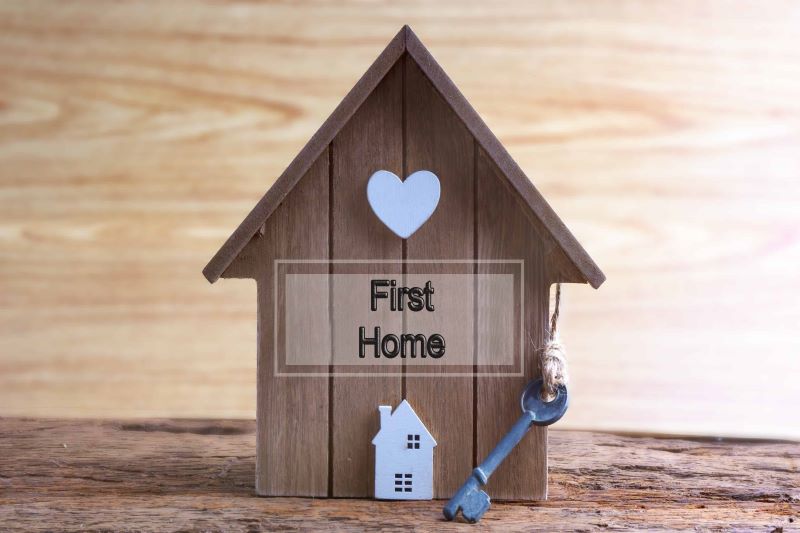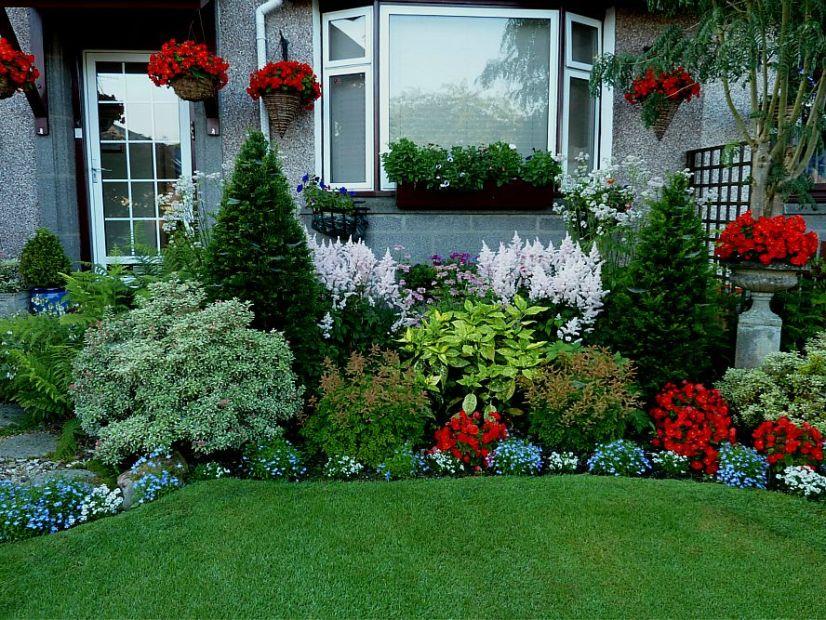Table of Contents
Tiny home living is a growing sentiment among thousands of Americans. Throughout the last couple of years, this trend has become more of a social movement. However, it’s about much more than making a statement on social media and gaining Instagram followers.
Tiny home living is a way of life that focuses on living with less, taking less, and living freely. Additionally, many tiny homeowners find themselves debt-free in a matter of years after downsizing their lives.
The question, however, is where do you put a tiny home?
If you’re thinking about joining the tiny home movement but aren’t sure where to live, keep reading for all of our top tips on finding a plot of land perfect for your tiny home and big lifestyle.
Decide Where You Want to Live
First, you should get a general idea of where you want to live in your tiny home. Start with the basics:
- Which city and state appeal to you?
- Do you want to stay close to family and friends?
- Would you rather be in the city or away from it?
From here, you should have a relatively clear picture in your mind about where you want to stay. Now, you need to get down to the nitty-gritty and start doing some research, exploring options and creating a plan.
Figure Out Your Budget
Before you get too carried away looking for plots of land for tiny home living, you need to establish a budget. You can pay for it upfront, take out a loan, or work out a payment plan with the landowner. However, there are a few things to keep in mind when looking at your finances:
- You’ll likely need to put at least a few thousand dollars down when you find the right plot of land.
- You must consider the monthly payments if you don’t pay for the land upfront.
- You also need to account for property tax.
Take your time and be realistic about your finances. One of the main benefits of living in a tiny home is the lower costs of living. However, if you’re drowning in property payments each month, it kind of negates the purpose.
If you need to sell your current home before investing or building your tiny home, there are plenty of options for you. You can sell it traditionally or sell quick for cash to a cash home buyer. Often, the equity people get out of selling their conventional homes is enough to fund their entire tiny home project.
Think About What Utilities You Need
Once you have an idea of what you can afford, it’s time to start thinking about logistics. Many tiny homes are built with the intention of functioning completely off-grid. These tiny homes come with a whopping solar system, a woodstove (or another non-gas heat source), water tanks, and a propane-fueled fridge and range.
However, if you’re planning on being permanently settled in your tiny home, you’ll be able to enjoy some of the conventional comforts, such as water, sewage, electrical, and a gas line. Although, keep in mind that these amenities will come with a price.
Check Out Zoning Laws
Not everyone or every law appreciates tiny home living. Before getting too attached to a plot of land, make sure you check out the zoning laws. For example, if you are looking to set up amenities, each one will require pulling a permit.
If your home violates in building or zoning laws for that area, you’ll not only fail to get connected, but you may be told you can’t live there. Find out ahead of time to avoid buying land you can’t keep your home on.
If you need help, consider finding legal advice on the matter.
Find a Plot of Land That Suits Your Lifestyle
Part of deciding where to conduct your tiny home living depends on your lifestyle. Take the following into account:
- Do you want pets or livestock?
- Do you want to be off-grid?
- Do you want to be centrally located?
- How often do you like to entertain?
- How much freedom and privacy do you want?
Consider Extreme Temperatures and Other Weather Conditions
One thing people don’t think about when looking at tiny home living is how these homes will handle extreme weather.
Many tiny homes are built on top of flatbed trailers or even remodeled school buses. However, if not insulated thoroughly and built to last, the homeowners will suffer in extreme temperatures and weather conditions.
If you want to go the extra mile and make sure your tiny home can comfortably support you and your family regardless of the weather, make sure you know what you’re doing. Otherwise, you may need to settle in an area with a modest climate.
Determine Whether or Not the Neighbors Will Be Accepting
Another important aspect of peaceful tiny home living is being surrounded by friendly neighbors. The typical American can’t imagine living in a small space and being happy. Therefore, some people tend to assume the worst.
It’s not uncommon for tiny homeowners to be looked down upon by people who don’t understand their lifestyle choice. Unfortunately, this can lead to complaints filed to the city or county about you living there.
Ask for Recommendations
A great way to find a welcoming neighborhood or plot of land that’s accepting of tiny home living is to simply ask around. Ask your family and close friends if they have any ideas. You may be surprised how many people offer up space on their own property.
If you can work something out with them, it can make for a comfortable and hassle-free living situation.
Alternatively, you can turn to social media and use a local forum to ask the community at large for any recommendations. Find a community page on Facebook, for example, join it, then ask away.
Want More on Tiny Home Living?
If you’re looking for more information, advice, or tips on tiny home living, feel free to look through the rest of our articles. We also have tons of information on home improvement, DIY projects, and green living!








